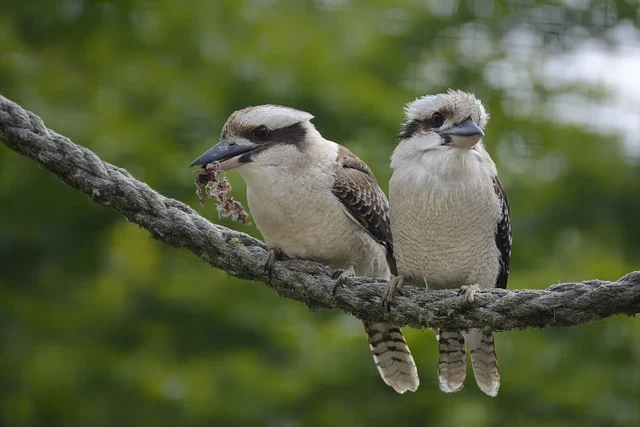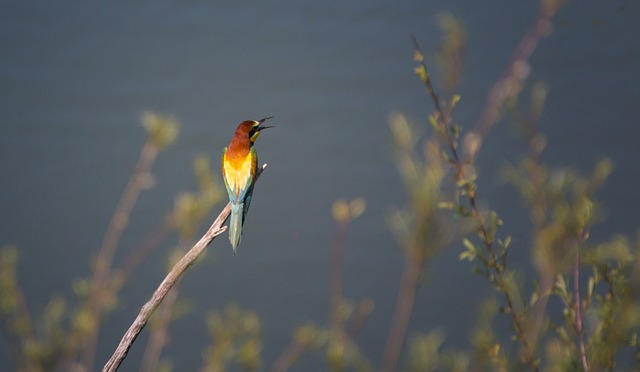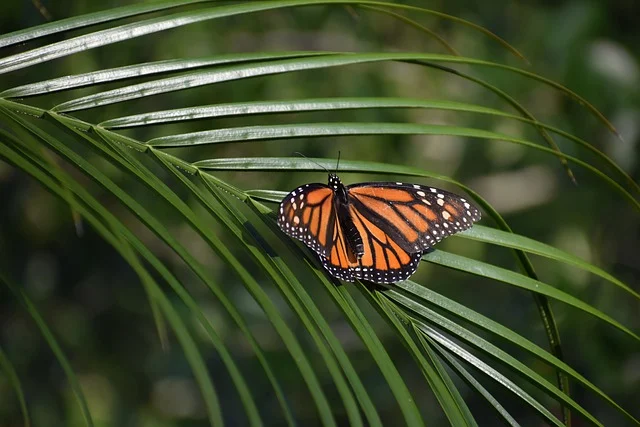As human activities continue to exert unprecedented pressure on the planet, the importance of restoring ecosystems has become increasingly clear. Ecosystem restoration is not merely an environmental concern; it is essential for maintaining biodiversity, supporting wildlife habitats, and ensuring the resilience of our planet in the face of climate change. This article explores the significance of ecosystem restoration, its benefits for wildlife, and practical approaches to effectively restore habitats.
Understanding Ecosystem Restoration
Ecosystem restoration refers to the process of assisting the recovery of an ecosystem that has been degraded, damaged, or destroyed. This can involve reestablishing native plant and animal species, rehabilitating habitats, and reintroducing natural processes that support ecosystem functions. The ultimate goal is to create a self-sustaining environment where wildlife can thrive.
Why Restoration Matters
- Biodiversity Conservation: Healthy ecosystems are home to a diverse array of species. Restoring degraded habitats is crucial for conserving these species and preventing extinctions. Biodiversity contributes to ecosystem resilience, allowing environments to recover from disturbances such as natural disasters and climate change.
- Climate Change Mitigation: Ecosystems play a vital role in carbon sequestration, absorbing carbon dioxide from the atmosphere and storing it in plants and soils. Restoring forests, wetlands, and grasslands can significantly enhance carbon storage capacity, helping mitigate climate change.
- Water Quality Improvement: Healthy ecosystems contribute to cleaner water. Wetlands and riparian zones filter pollutants and sediments, improving water quality for both wildlife and human populations. Restoration efforts can enhance these natural filtration systems.
- Erosion Control and Soil Health: Restored ecosystems can reduce soil erosion, enhance soil fertility, and promote healthy landscapes. Vegetation helps stabilize soils and protect against degradation, contributing to sustainable land use practices.
The Benefits of Restoring Wildlife Habitats
Restoring ecosystems directly benefits wildlife habitats in several critical ways:
Increased Habitat Availability
Ecosystem restoration creates new habitats for various species, particularly those that have lost their homes due to urban development, agriculture, or deforestation. Restored habitats provide essential resources such as food, shelter, and breeding grounds.
Enhanced Connectivity
Restoration projects often focus on creating corridors that connect fragmented habitats. These corridors allow wildlife to move freely between areas, promoting genetic diversity and reducing the risk of inbreeding. For example, restoring riparian zones alongside rivers can provide essential pathways for aquatic and terrestrial species.
Improved Resilience to Climate Change
Healthy ecosystems are better equipped to withstand the impacts of climate change. Diverse plant and animal communities can adapt to changing conditions, providing a buffer against extreme weather events and shifts in climate patterns. Restoration efforts that increase ecosystem complexity can enhance resilience, benefiting both wildlife and human communities.
Restoration of Ecosystem Services
Restored ecosystems provide vital ecosystem services that benefit both wildlife and people. These services include pollination, pest control, water purification, and recreational opportunities. By restoring habitats, we can enhance these services, supporting both biodiversity and human well-being.
Approaches to Ecosystem Restoration
1. Reforestation and Afforestation
Reforestation involves replanting trees in areas that have been deforested or degraded, while afforestation refers to planting trees in areas that were previously not forested. Both practices play a crucial role in restoring habitats for numerous species. Forests provide shelter, food, and breeding grounds, and their restoration contributes to carbon sequestration and biodiversity conservation.
2. Wetland Restoration
Wetlands are among the most productive ecosystems on the planet, supporting a wide variety of wildlife. Restoring wetlands can involve removing invasive species, reintroducing native vegetation, and reestablishing hydrological connections. Healthy wetlands improve water quality, support fish populations, and provide habitat for birds and other wildlife.
3. Grassland Restoration
Grasslands are vital habitats for many species, including pollinators and grazers. Restoring grasslands involves removing invasive species, reintroducing native plants, and implementing sustainable grazing practices. These actions enhance biodiversity and promote soil health.
4. Community Involvement
Successful restoration projects often involve local communities. Engaging community members in restoration efforts fosters a sense of stewardship and ownership. Local knowledge and participation can lead to more effective and culturally appropriate restoration practices. Community-driven initiatives, such as tree planting days or habitat monitoring, empower individuals to contribute to the health of their ecosystems.
5. Monitoring and Adaptive Management
Restoration is not a one-time effort; it requires ongoing monitoring and adaptive management. By assessing the effectiveness of restoration actions, practitioners can adjust strategies as needed. This iterative approach ensures that restoration efforts remain responsive to changing environmental conditions and evolving wildlife needs.
Successful Case Studies
The Great Green Wall Initiative
The Great Green Wall is an ambitious African-led initiative aimed at restoring 100 million hectares of degraded land across the Sahel region. By reforesting and restoring ecosystems, this initiative seeks to combat desertification, enhance biodiversity, and improve the livelihoods of local communities. The project has led to the reestablishment of diverse habitats, benefiting wildlife and promoting sustainable land management practices.
The Restoration of the Chesapeake Bay
In the United States, efforts to restore the Chesapeake Bay have focused on improving water quality and restoring critical habitats. Initiatives include wetland restoration, streamside reforestation, and the removal of barriers to fish migration. These efforts have led to increased populations of migratory fish and improved overall ecosystem health.
Urban Habitat Restoration in Chicago
Chicago has implemented various urban restoration projects to enhance green spaces and support local wildlife. Initiatives include creating native plant gardens, restoring parks, and developing green roofs. These projects have successfully increased biodiversity within the city, providing habitats for pollinators and other wildlife.
Conclusion
Restoring ecosystems is a vital strategy for preserving wildlife habitats and ensuring the resilience of our planet. By prioritizing restoration efforts, we can enhance biodiversity, combat climate change, and improve the health of our ecosystems. Through collaboration between governments, communities, and conservation organizations, we can create a future where wildlife thrives alongside human populations.
As we face the challenges of environmental degradation and climate change, the call to restore our ecosystems has never been more urgent. By investing in restoration initiatives, we not only protect the rich tapestry of life on Earth but also safeguard the essential services that ecosystems provide for generations to come. Together, we can build a sustainable future for both wildlife and humanity.









